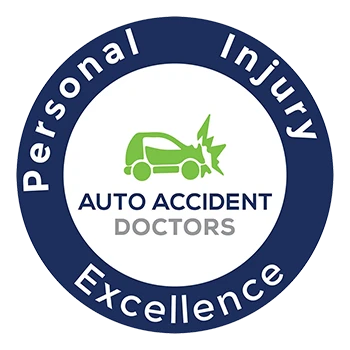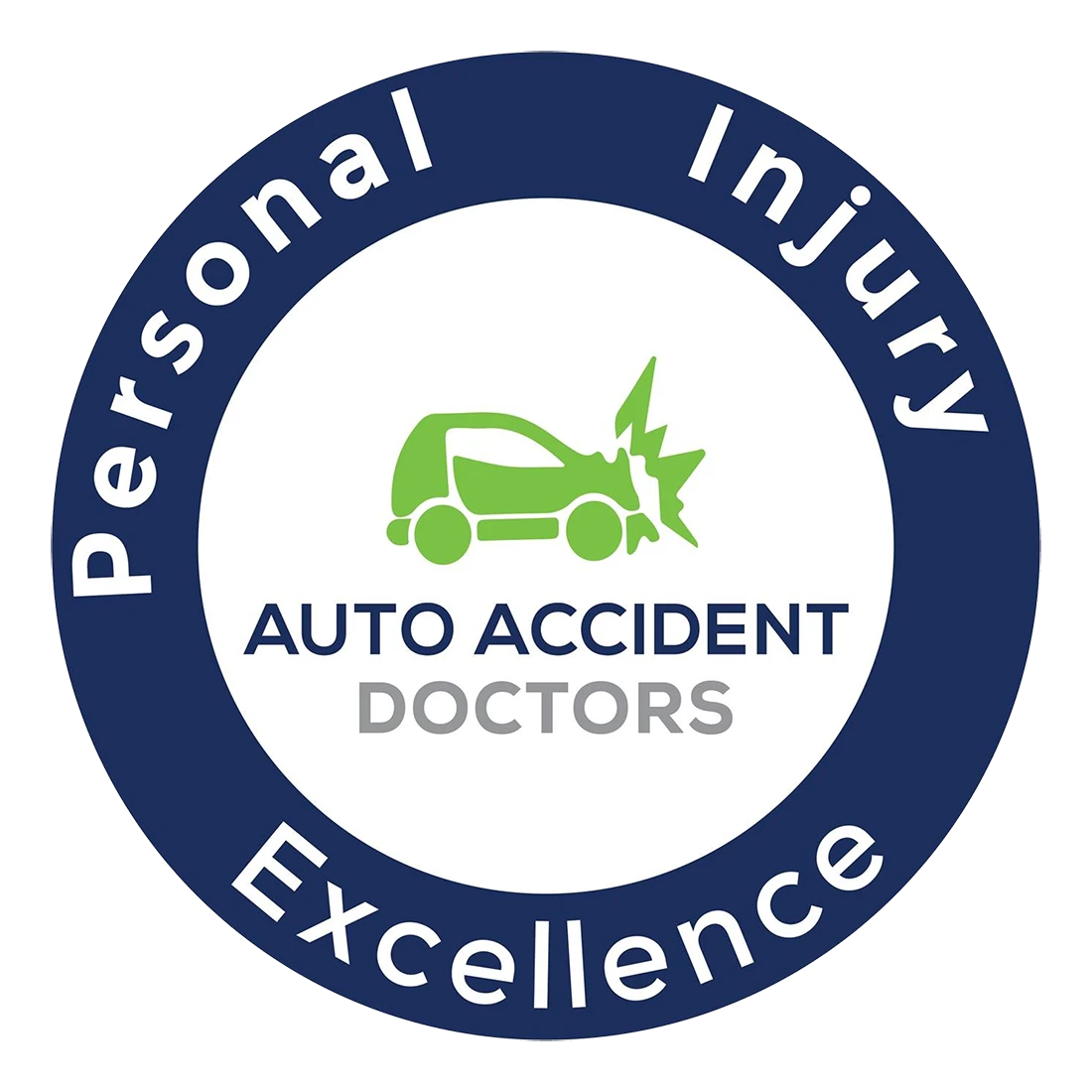About 1.3 million people lose their lives every year due to traffic crashes on roads. The number of people that suffer non-fatal injuries from such accidents, ranges from 20 million to 50 million. Many people with non fatal injuries become disabled as a result of the injury. (Source: World Health Organization)
Backpain is one of the most common and serious aftereffects of a car accident. An acute pain in the lower pain and pain in the cervical spine (more commonly “neck pain”) are commonly observed in survivors.
Why Car Accidents Cause Back Pain?
Activities such as lifting heavy weights in a wrong posture or sleeping in an incorrect position, contribute to backpain. As normal as these activities may seem, the impact on the back is stressful.
Imagine the effect of a high-impact force such as that of a car accident on your spine and back!
Here, we look at the different types of backpain a car accident can cause, and the necessary steps to follow after an accident?
The Anatomy of the Spine:
It is important to know about the spine to understand the way it is affected after a car crash.
The spine comprises 3 segments:
-The neck or the Cervical Vertebrae
-The Lower Back or the Lumbar Vertebrae, and
-The Upper Back or the Thoracic Vertebrae
Around each of these segments of the spine are muscles, discs, nerves, ligaments and tendons. An impact on any of these parts can lead to pain. The extent of impact determines the amount of pain you may suffer, and if the pain would be temporary or permanent
Types of Back Injuries Resulting from Car Accidents
The different types of back injuries an individual may suffer as a result of a car accident include:
Spinal Cord Injuries
Spinal bones are arranged across the length spanning the skull to the tail bone. These spinal bones protect the spinal cord. Another interrelated part of the spinal cord is the spinal canal, an opening through which the spinal cord passes. Any damage to any of these parts can result in spinal cord injuries.
Car accidents can dislocate spinal bones or break them. Injury may also be in the form of damage to the nerves in the spinal canal.
These injuries alter, often permanently, the strength and sensation in the region located below the injured area. Certain body functions related to these areas may also be permanently affected. Partial or complete paralysis may ensue in some cases.
The treatments for such injuries also pose serious risks. These risks include infection, spinal fluid leaks, blood clots and pneumonia.
Thoracic Spine Injuries
Thoracic spine constitutes the mid-back region. It is situated between the cervical spine – the neck – and the lumbar spine – the lower back. This region has 12 vertebrae.
The function of the thoracic spine is to shield the lungs and heart. It also acts as a shield for the spinal cord.
Sprain, strain and fractures are common injuries experienced in the thoracic region. Several muscles connected to the thoracic spine help in shoulder and arm movement. This mobility may be affected as a result of injuries.
Thoracic spine injuries are not usually common as they are caused only by crashes of severe impact. They can result in permanent nerve damage.
Lumbar Spine Injuries
Lumbar spine injuries, though not life-threatening, can be severe in effect. The lumbar spine comprises 5 vertebrae (also referred to as lumbar bones), which in turn, comprise nerves and tissue.
These nerves are essential for communication from and to, the brain and legs.
The lumbar spine also houses some of the strongest body muscles. These muscles keep the spine stable. Therefore, any injury to the lumbar constitution can be particularly painful.
Injuries can be in the form of sprains and strains. Sprains result from ligament damage while a strain is caused by an abnormal stretching of muscles, tendons or ligaments.
Sprains and strains affect body movements, making it difficult for you to accomplish your daily activities. These injuries can also cause bruises, tenderness and swelling.
Herniated Discs
Another injury resulting from car accidents is that of herniated discs. A herniated disc is one that has deviated from its position. Discs are cushion-like components between spinal vertebrae or bones.
They act as shock absorbers for impact between the spinal bones. They protect the spinal cord as shock absorbers.
When a herniated disc happens, the displacement puts pressure on the spine and the nerves in the vicinity. This pressure causes sudden and deep pain in the region spanning the lower back. Numbness may also be experienced in the legs.
Delayed Back Pain
Sometimes, backpain does not show up at the moment of the accident or right after the event. This type of pain, referred to as delayed backpain, can show weeks, months or years later.
The delayed effect could be due to the severe intensity of the impact during a car accident. The body, especially the neck and back region, receives a high-impact strain during an accident. The survivor may not feel the pain of the strain right away.
The delayed pain may emerge suddenly or grow in intensity gradually. The pain may also be permanent or temporary.
Healthcare and legal experts caution survivors to be aware of every discomfort in the body after an accident. Any unusual sensations, too, should not be ignored. A thorough medical diagnosis is crucial to identify delayed impact. Timely treatment can save years of pain and discomfort in the future.
Timely treatment is also crucial from the legal perspective. A delay in monitoring and receiving treatment can become a reason for insurers to reject your claim.
Whiplash Injuries
A whiplash is the most common injury resulting from a car accident. The sudden and heavy jerk caused by a car crash results in whiplash. The head and neck of the survivor undergo a sudden and intense back-and-forth movement during the crash.
This heavy-duty impact damages muscles, ligaments, tendons, discs, bones and nerves in the cervical spine region. A whiplash is usually associated with an intense pain in the lower back, upper back and the neck.


